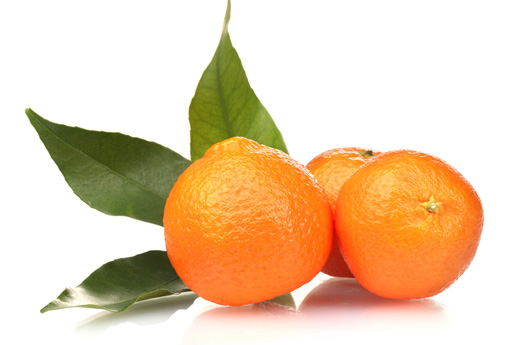
WHAT? The satsuma citrus fruit originated in sixteenth-century Japan, in a province that was once of the same name. The fruit hopscotched to England and Italy a few centuries later, followed by a leap to New Orleans, where it would eventually grow into a respectable crop in the nearby coastal parish of Plaquemines. (Japan still boasts the largest satsuma industry in the world.) A member of the mandarin family, the satsuma rarely contains pesky seeds, and can survive temperatures as low as 13 degrees Fahrenheit, with Louisiana farmers favoring the Owari cultivar for its especially hardy character. Ready for picking in October and still on branches beyond December, satsumas are a popular holiday fruit throughout the South. Cajun cooks add segments to salads, reduce juices for glazing seafood and sweets, and even slip the fruit into the occasional gumbo pot. The satsuma’s peel detaches easily from its flesh, a feature that earned it the nicknames “zipper skin citrus” and “kid glove.” In 2005 Hurricane Katrina wiped out nearly half of Plaquemines’s 1,000-acre plantings; seven years later, Hurricane Isaac hobbled the diminished crop by 75 percent. Recent cool winters have boosted Louisiana's production.
WHERE? Bottega: Italy to Spain with a Southern Accent
WHEN? February 3, 2015
HOW? Flounder Crudo with Alabama Satsuma, Fennel, Chile Oil, and Puffed Farro


-57 web.jpg)


